Ferrari, Lamborghini, Maserati, and others have set the bar for speed, design, and innovation in the realm of sports cars. Italian manufacturers have consistently produced vehicles that not only capture the imagination but also push the boundaries of what a sports car can be. Each of the following models has made a significant impact on the automotive world, setting benchmarks for performance and style.
Ferrari 250 GTO
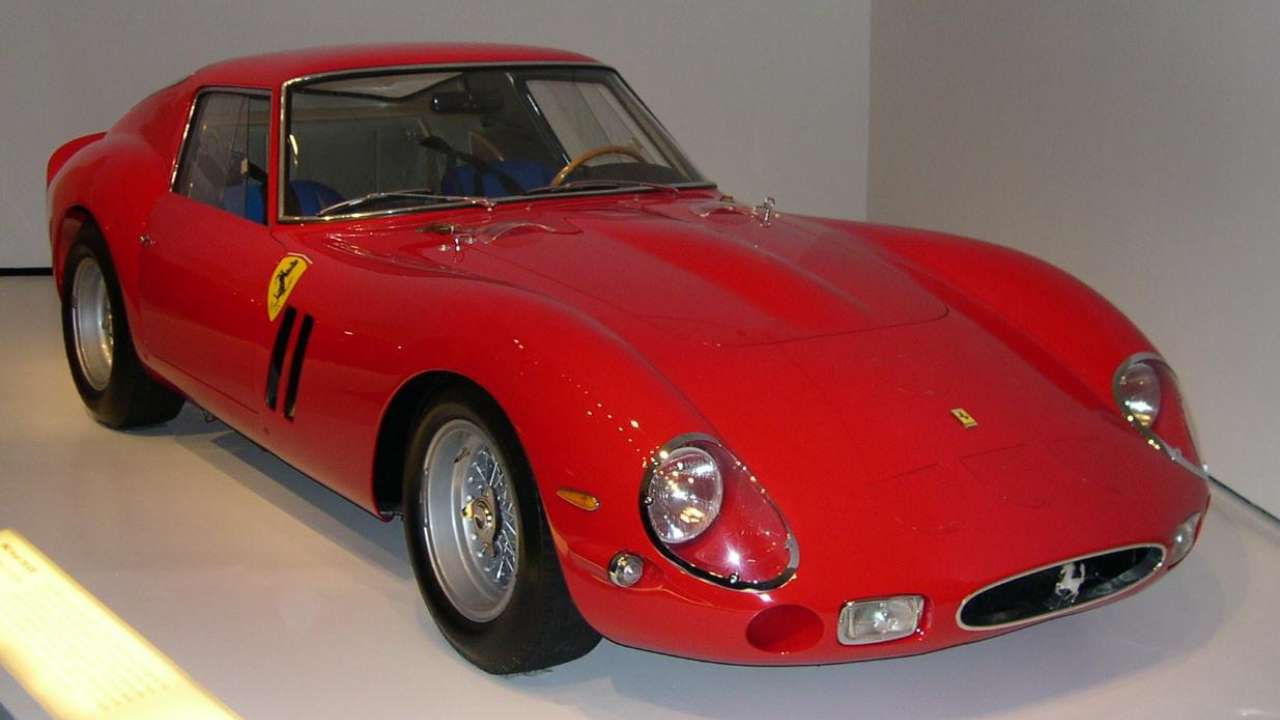
The Ferrari 250 GTO, launched in 1962, is often hailed as one of the greatest sports cars ever created. With its 3.0-liter V12 engine, it was able to reach speeds of up to 174 mph, which was groundbreaking at the time. Only 36 units were produced, making it one of the most coveted vehicles among collectors. Today, the 250 GTO remains a symbol of prestige and engineering excellence, with several models fetching over $70 million at auctions.
Its racing pedigree is equally impressive, with multiple wins in the Tour de France Automobile and the 24 Hours of Le Mans. The car’s design, attributed to Sergio Scaglietti and Giotto Bizzarrini, combines aesthetic grace with aerodynamic efficiency, setting a standard for Ferrari’s future designs.
Lamborghini Miura
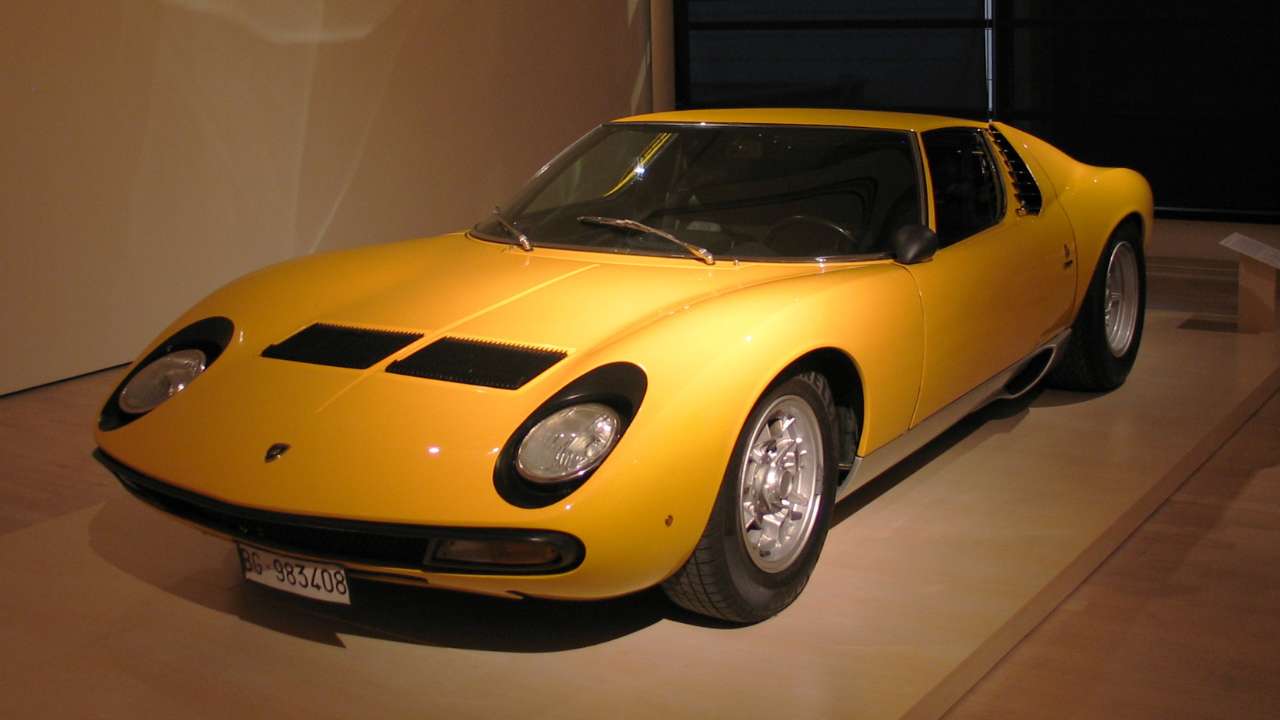
The Lamborghini Miura, produced from 1966 to 1973, is credited with pioneering the concept of the mid-engine supercar. Designed by Marcello Gandini at Bertone, the Miura’s sleek lines and rear engine layout became the template for high-performance sports cars. Its 3.9-liter V12 engine offered groundbreaking performance, reaching top speeds of around 170 mph.
Named after a famous line of Spanish fighting bulls, the Miura was both fearless and fashionable. It became an icon of the 1960s, adored by celebrities and car enthusiasts alike. Its influence is still evident in today’s Lamborghini models, which continue to embrace the spirit of innovation and audacious design.
Maserati MC12
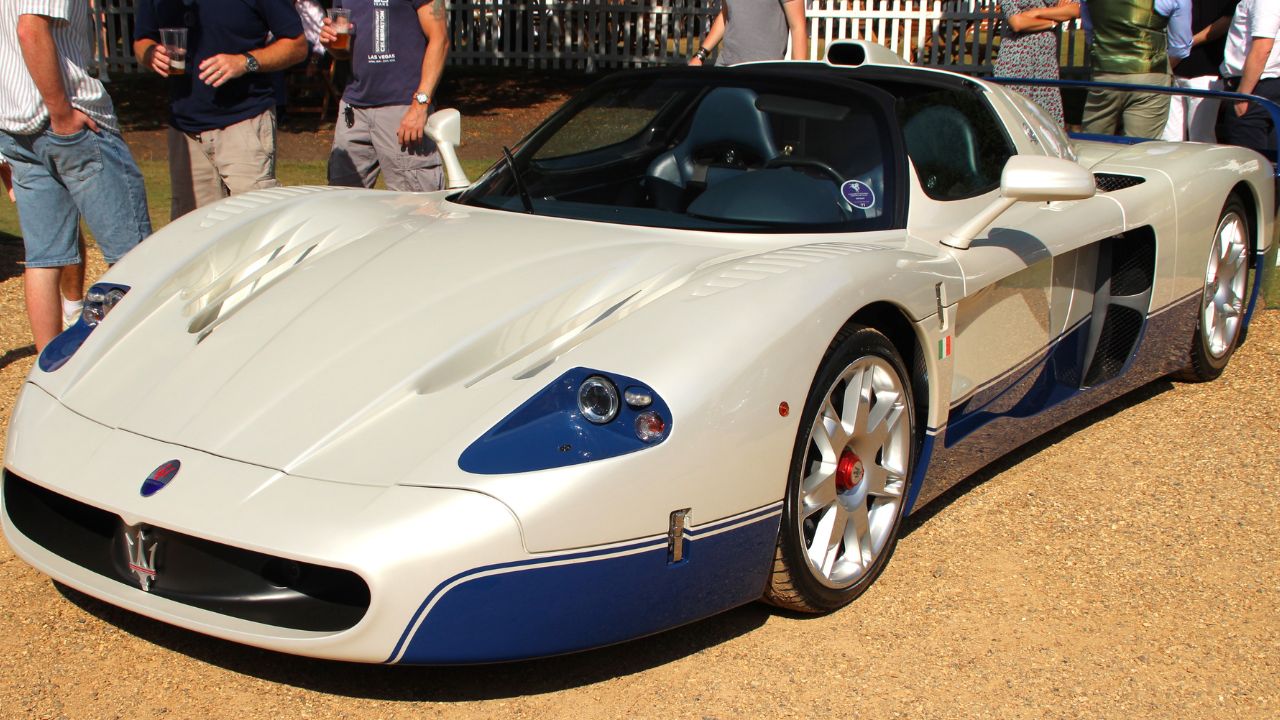
The Maserati MC12, introduced in 2004, marked Maserati’s return to racing glory. Built on the chassis of the Ferrari Enzo, the MC12 was powered by a 6.0-liter V12 engine, enabling it to reach a top speed of 205 mph. Only 50 road-legal units were produced, making it a rare and sought-after vehicle.
Its racing variant achieved significant success in the FIA GT Championship, further cementing Maserati’s reputation in the motorsport world. The MC12’s striking design, with its elongated body and aerodynamic features, was developed by Frank Stephenson, and it remains a testament to Maserati’s commitment to performance and style.
Pagani Zonda
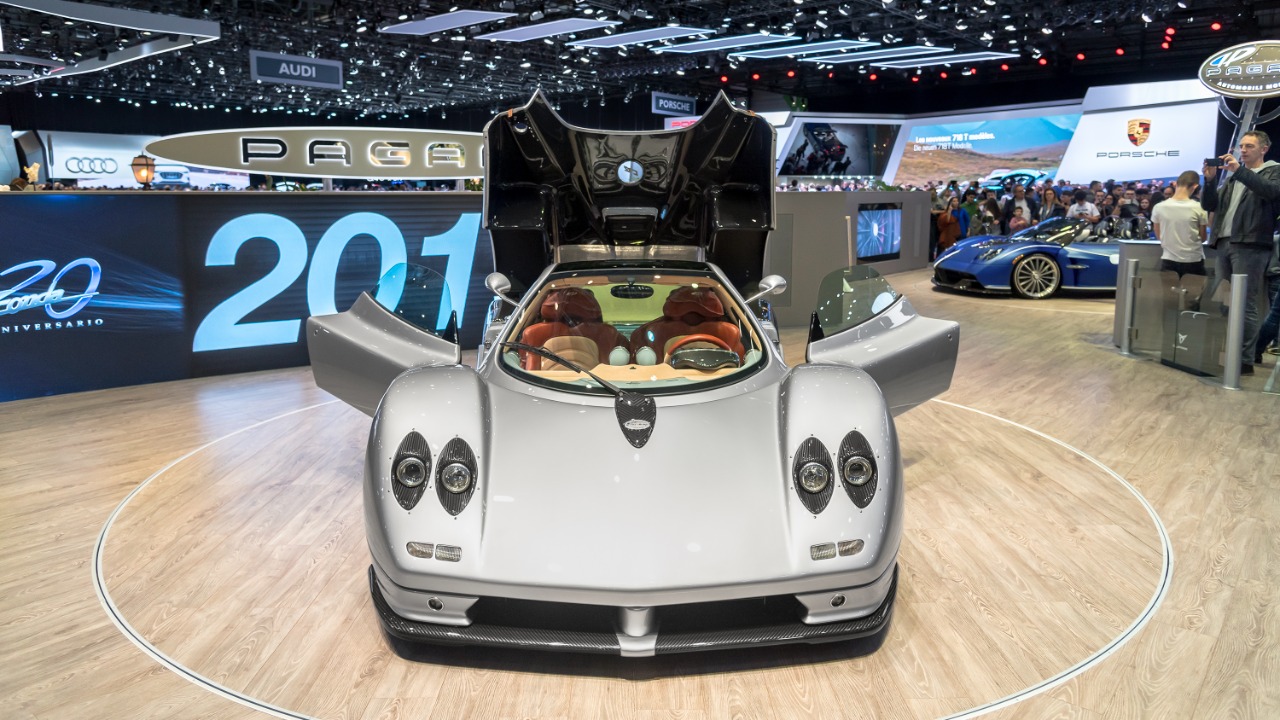
The Pagani Zonda, first unveiled in 1999, was Horacio Pagani’s ambitious foray into the supercar market. With its AMG-sourced V12 engine, the Zonda delivered an exhilarating driving experience, capable of reaching speeds over 200 mph. Each iteration of the Zonda, from the C12 to the Zonda Cinque, showcased Pagani’s meticulous attention to detail and craftsmanship.
The car’s unique design, featuring an aerodynamic carbon-fiber body, set it apart from other high-performance vehicles. The Zonda’s legacy continues to influence Pagani’s subsequent models, ensuring its place in the pantheon of legendary Italian sports cars.
Alfa Romeo 8C Competizione
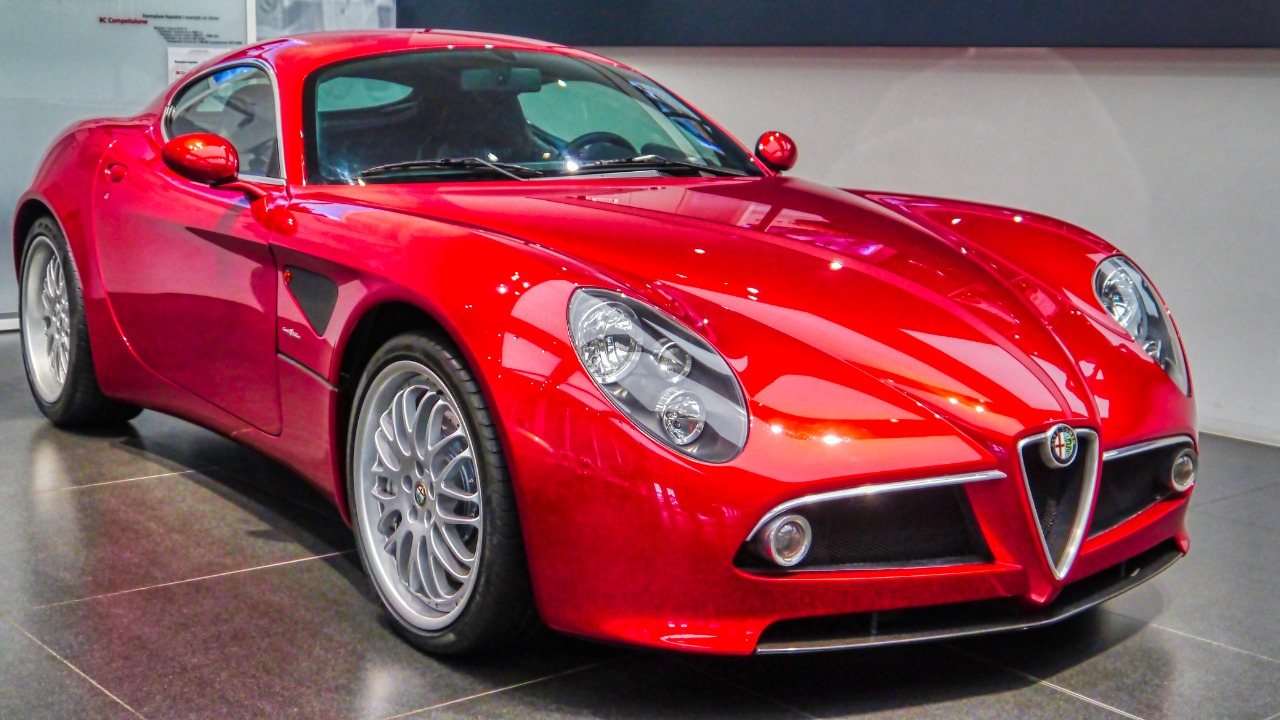
Launched in 2007, the Alfa Romeo 8C Competizione seamlessly blended Italian elegance with raw power. Its 4.7-liter V8 engine, developed in collaboration with Maserati, produced 450 horsepower, enabling the car to reach a top speed of 181 mph. Only 500 units were made, adding to its allure among collectors.
The 8C’s design, characterized by its curvaceous body and signature Alfa Romeo grille, pays homage to the brand’s racing heritage. The car was praised for its handling and performance, making it not just a beautiful vehicle but a formidable one on the road.
Bugatti EB110
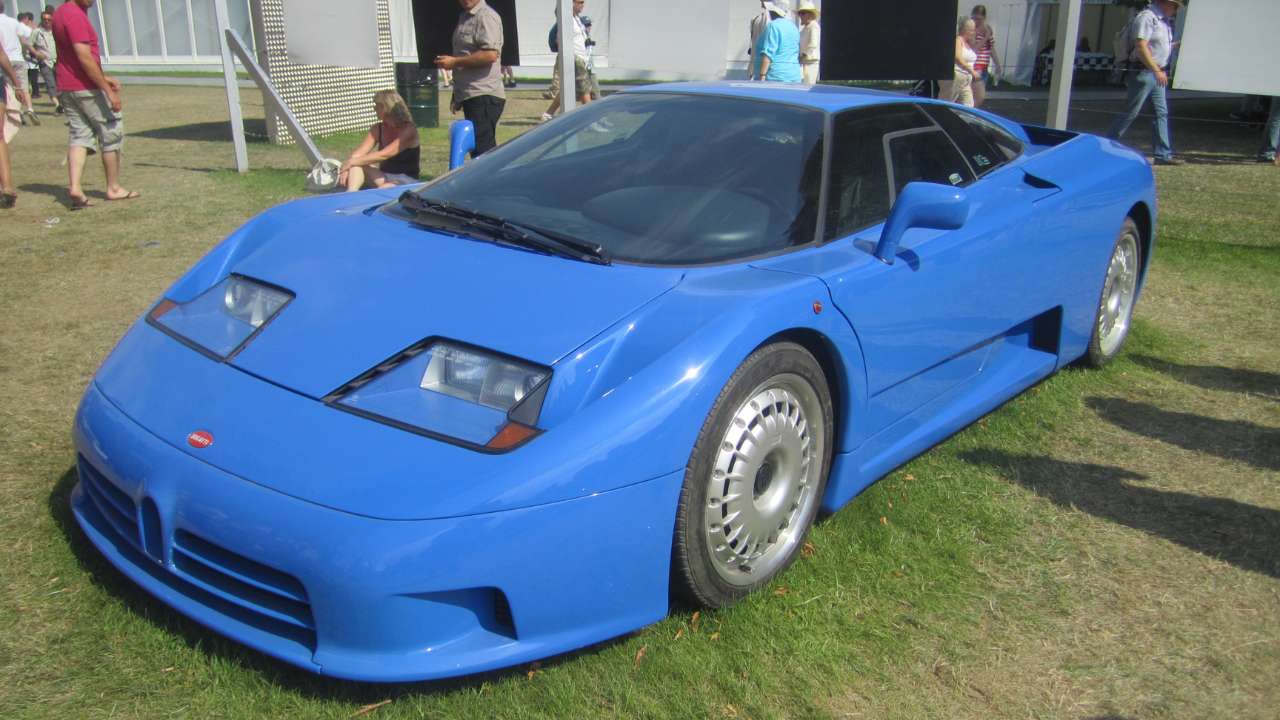
The Bugatti EB110, launched in 1991, was a bold statement of speed and luxury. With its quad-turbocharged 3.5-liter V12 engine, the EB110 could achieve speeds of up to 218 mph. Its advanced aerodynamics and all-wheel-drive system were ahead of their time, setting new standards in the supercar segment.
This car marked the revival of the Bugatti brand, and its design, overseen by Marcello Gandini and Giampaolo Benedini, combined sleek aesthetics with cutting-edge technology. The EB110’s influence is evident in Bugatti’s later models, which continue to push the envelope in terms of performance and innovation.
Ferrari LaFerrari
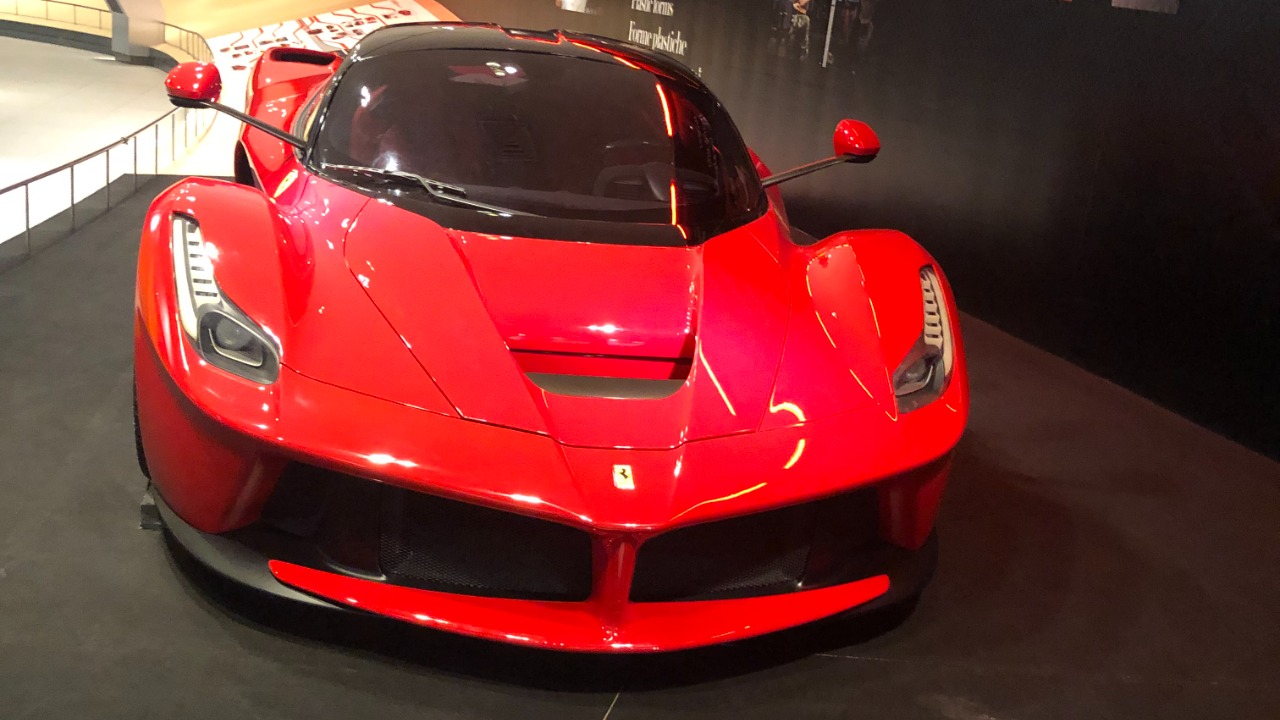
The Ferrari LaFerrari, introduced in 2013, represents the pinnacle of Ferrari’s engineering prowess. As the brand’s first hybrid supercar, it combines a 6.3-liter V12 engine with an electric motor, producing a combined output of 950 horsepower. This allows the LaFerrari to reach a top speed of 217 mph.
With only 499 units produced, the LaFerrari is a rare masterpiece of modern automotive technology. Its design, developed under the guidance of Flavio Manzoni, marries form and function, resulting in a car that is as visually striking as it is aerodynamically efficient. The LaFerrari continues to inspire awe and admiration, embodying Ferrari’s commitment to innovation and performance.
Like Fast Lane Only’s content? Be sure to follow us.
Here’s more from us:
*Created with AI assistance and editor review.

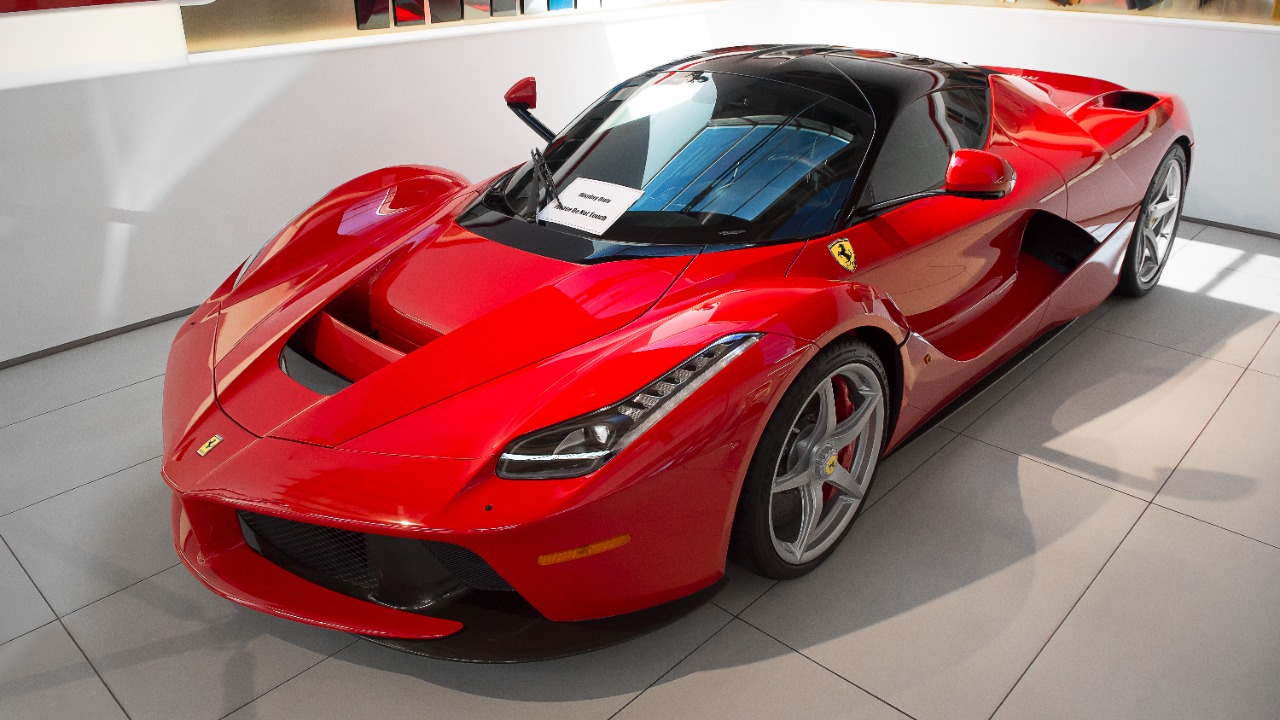
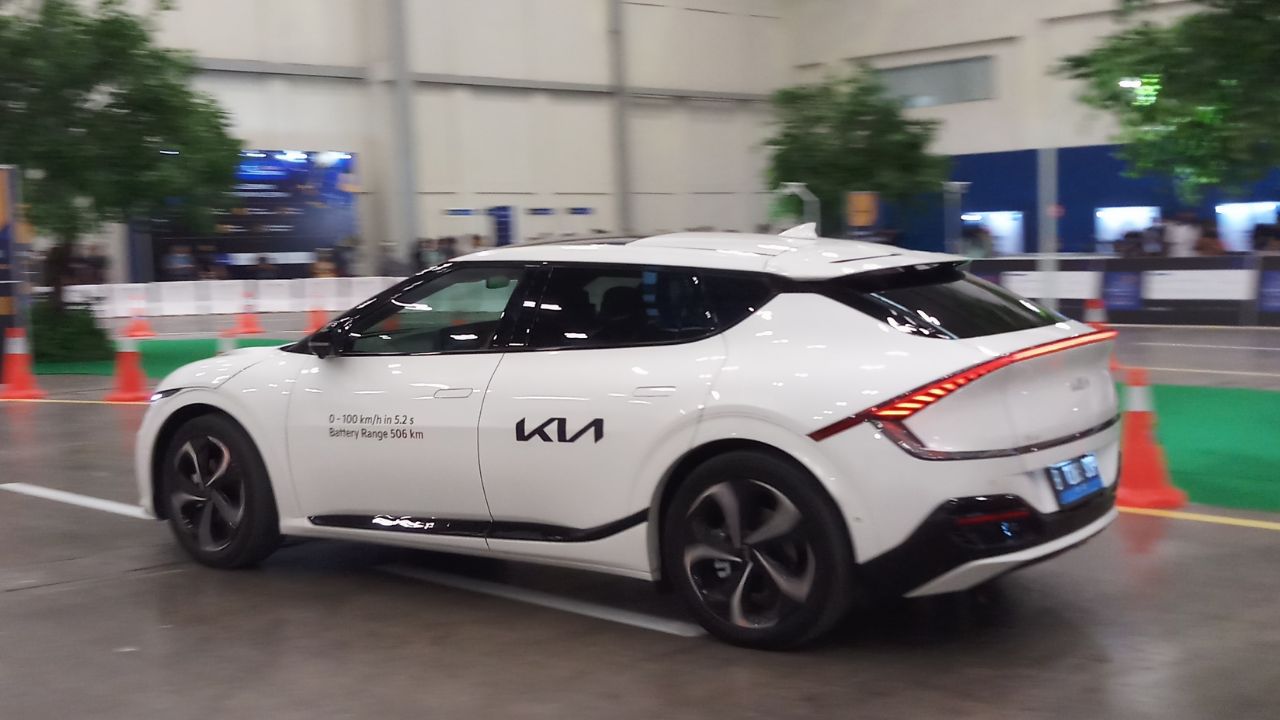


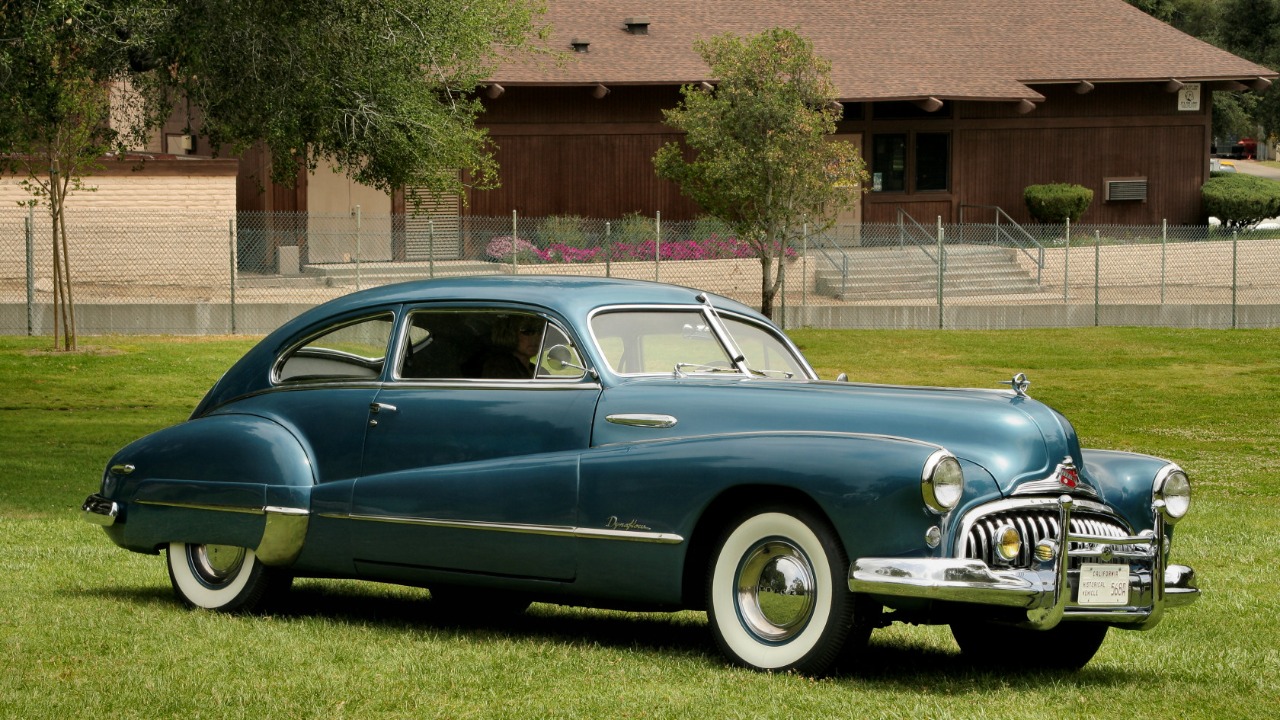

Leave a Reply